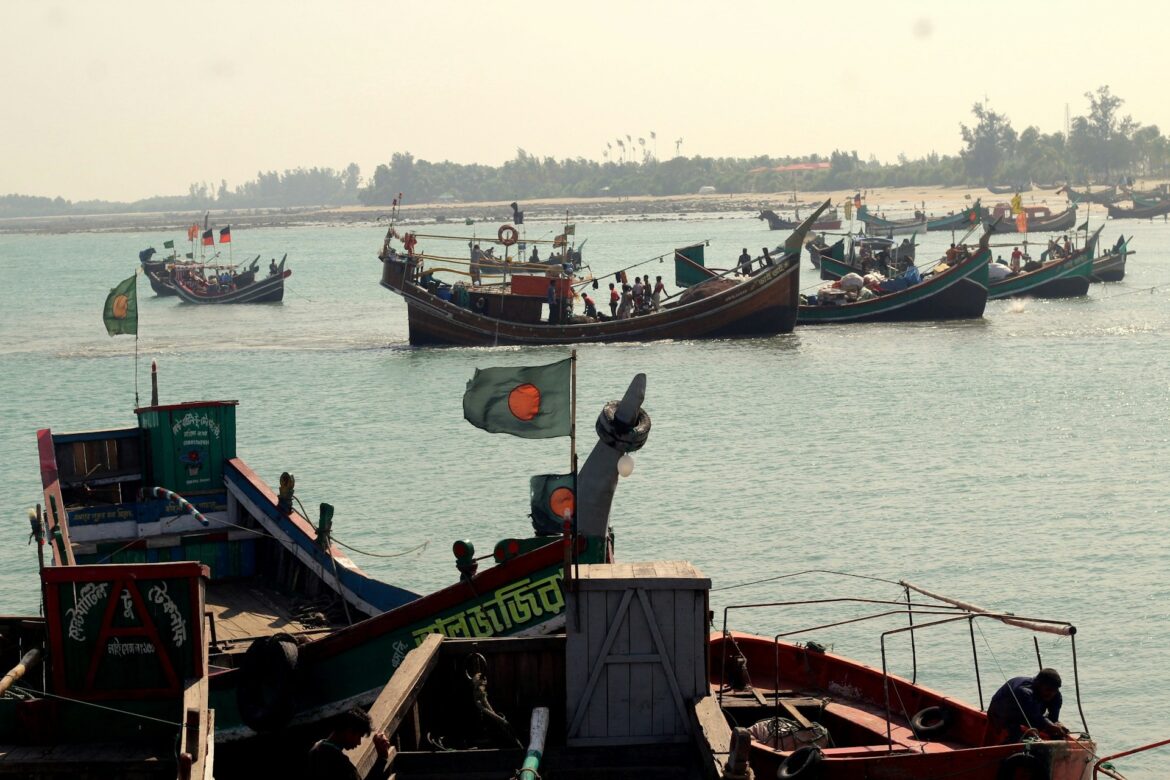Bangladesh is standing at the edge of a new opportunity as the Bay of Bengal transforms from a coastal zone into a vibrant economic and strategic frontier. Legal success in securing more than 118,000 square kilometres of its waters through boundary agreements now sets the stage for real gains. The nation is focusing on building maritime clusters—zones by the shore where shipping, processing, and logistics can grow together—and exploring offshore wind and tidal energy, helping reduce reliance on imports and diversify the energy mix. Major ports across the country—including Chattogram, Mongla, Payra, and the new deep-sea port at Matarbari—are more than docking hubs; they are national assets driving influence and commerce. By better connecting ports to railways and waterways and enforcing strong governance, Bangladesh can protect its interests even when working with outside partners. As global interest in the Bay rises, the country needs a layered maritime defense that blends long-range patrol ships, coastal radars, drones, and satellites to keep watch over fishing, shipping routes, and environmental health. Fast-response units are also vital for fighting smuggling, maritime crime, and launching relief work after disasters. Climate risks add another layer: with its low-lying coastline, Bangladesh faces fierce storms and rising seas. Protecting and expanding mangrove forests, building floating supply centers, and creating insurance plans for coastal communities can help shield livelihoods and maintain trade during tough times. Integrating environment monitoring into naval patrols ensures resource safety becomes part of national defense. Diplomacy also plays a role; pushing for regional dialogues, collaborative research funds, and digital trade corridors with neighbors lets Bangladesh lead initiatives while holding strategic control. Below the waves, submarine fiber-optic cables carry the country’s growing digital needs. By ensuring that these cables have additional landing points, conducting seabed inspections, and managing passage fees, we can enhance both stability and income. The progress of Bangladesh is linked to its waterways, harbors, and digital connections. By aligning economic ambition with environmental care and strategic foresight, the country can shape—not just benefit from—the Bay. And as the world shifts, the Bay of Bengal stands to reward those nations that balance growth with stewardship, with Bangladesh poised to chart that course.
A New Dawn for Bangladesh in the Bay of Benga
15
previous post


